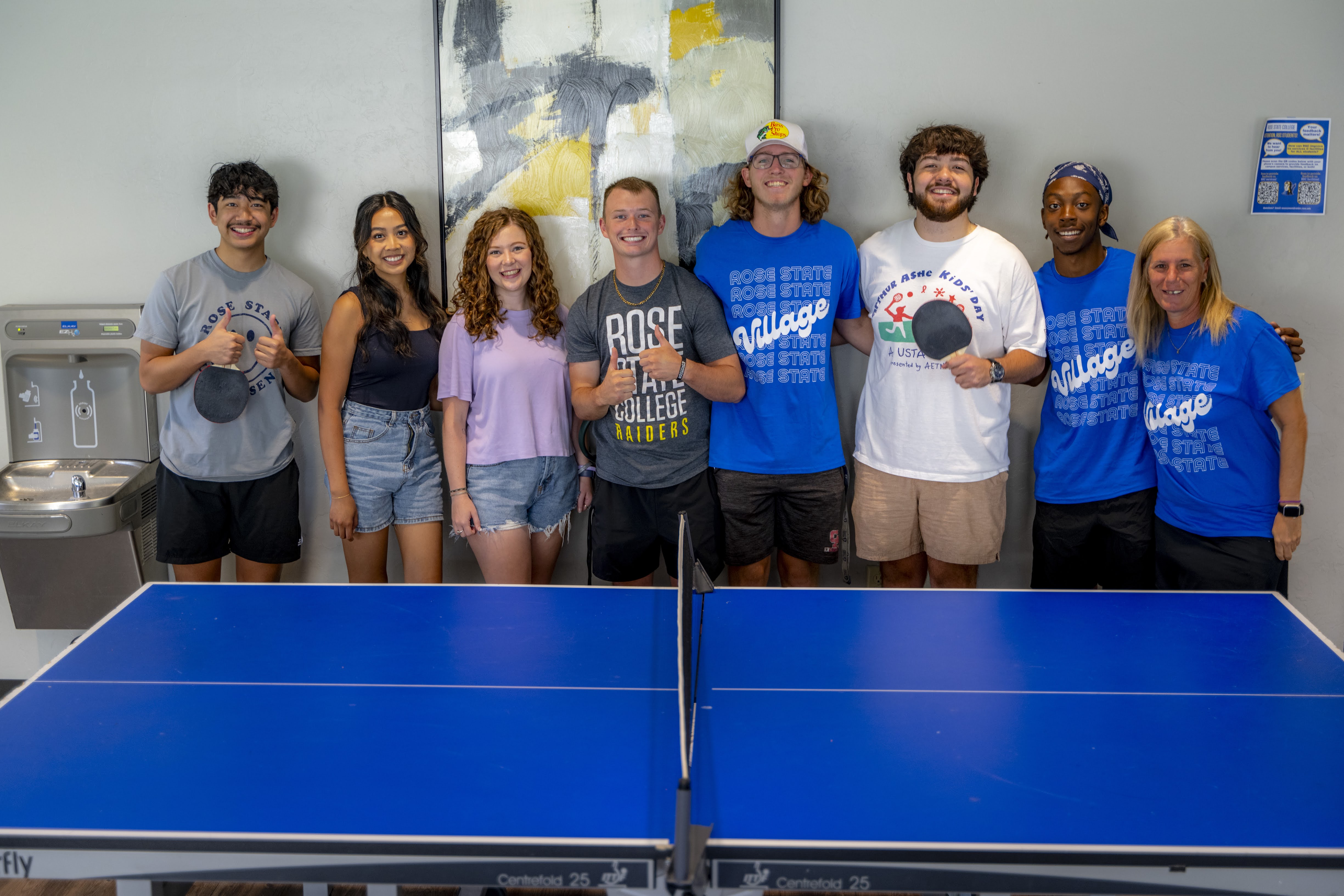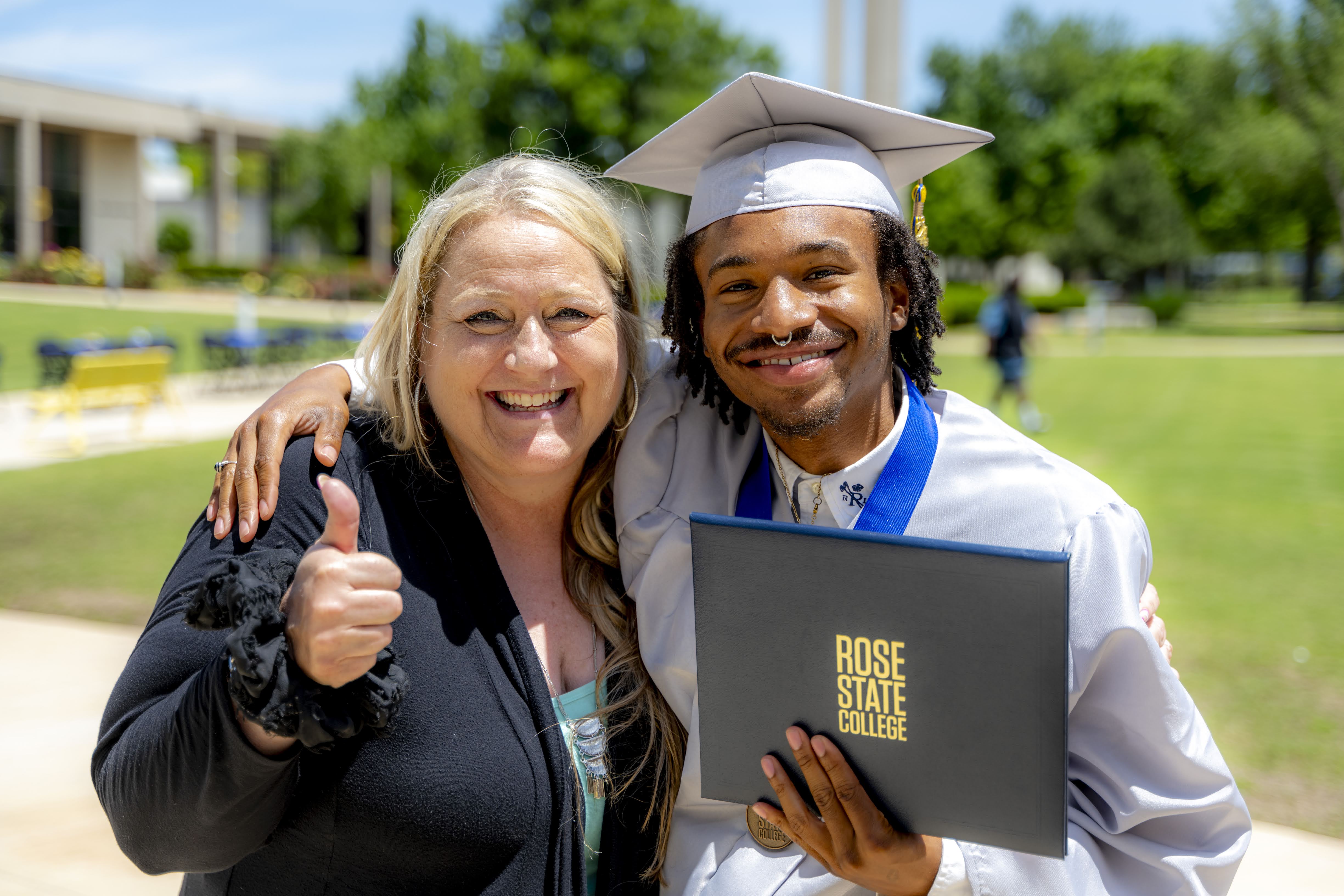Flex Course FAQ
What are the benefits of a flex course for me as a student?
FLEX courses allow you to choose the delivery format that works best for you. You can choose from live instruction in-person, on campus or over Zoom. You can also complete course work online. The best part of FLEX is, you can choose what works best on any given day. Maybe one day you would like to be on campus, and later that week it’s more convenient to participate via Zoom, or just work online. Flex courses allow you to learn when, where and how YOU want!
These courses offer control over your educational experience that you won’t find in traditional face-to-face or online formats. Flex courses are not just face-to-face classes with some online components nor are they online courses with some web conferencing. Flex courses reimagine the college class to give you the advantages of a live and present instructor and the flexibility to pursue your education in a format that can adapt to your schedule. Regardless of how a student chooses to access the course, both the campus course and the virtual component will provide a quality learning experience.How is a Flex course different from an online course?
Flex courses typically have regular class meetings that students can attend in person or attend remotely through web conferencing applications. Your flex class will have a course page in Canvas, Rose State College’s learning management system, where you will complete activities and submit coursework. You get the benefit of opportunities to regularly attend lectures and work with classmates on campus or remotely while also having access to robust tools and resources in Canvas with resources and coursework.
If I start a semester by attending in person, can I switch to online attendance later?
Yes! Flex courses are designed to put you in control of how you attend your courses. For example, if halfway through the semester your work schedule changes and prevents you from attending on campus, you can participate in the course remotely. Instructors build this flexibility into the structure of the course. It is not an exception or special arrangement you would need to pursue.
Do flex courses require attendance?
Just like in all classes, attendance and participation policies will vary based on the nature of the course, but the Flex design provides students even more options and opportunities to access instructional material, lectures, learning tools, and complete assignments.
Specific attendance requirements largely depend on the type of course. For example, a private music lesson would require you to work with your instructor synchronously. A biology or economics course could allow you to attend a lecture live or watch a recording later. Lab work might require live sessions with a group or the entire class. Some courses will allow students to watch recorded lectures in lieu of attendance.
Courses are designed with your success in mind and some flex courses will emphasize or require live attendance more than others. Consult your advisor or your instructor for details.
What happens if I miss a class session? Is it recorded?
Individual courses have their own policies but flex courses do allow for instructors to more easily share course material that a student may have missed either by posting the recording in Canvas or sharing the recording with students on request. Keep in mind that a recorded lecture is not always an equivalent experience to attending class, especially courses that involve writing, lab work, or performances. These recordings can, however, help supplement your learning and help you review materials. Check with your professor for details.
Do I need to buy any special devices or software to participate in a flex course?
The software your class will use for remote participation is free (Example: Zoom or Google Hangouts). These programs work with a range of devices including smartphones, tablets, and computers. Any device with a camera and microphone will work with your online classroom. Reliable access to high speed internet (4G, LTE, or Wi-fi) is recommended for students attending remotely and completing coursework through Canvas.




